
My Article on exercise & Pulmonary Arterial Hypertension preventive measures



Dr. Robert Koch identified the specific causative agents of tuberculosis, cholera, and anthrax and also gave experimental support for the concept of infectious disease. For his research on tuberculosis, Koch received the Nobel Prize in Physiology or Medicine in 1905.

Pre & post procedure results..
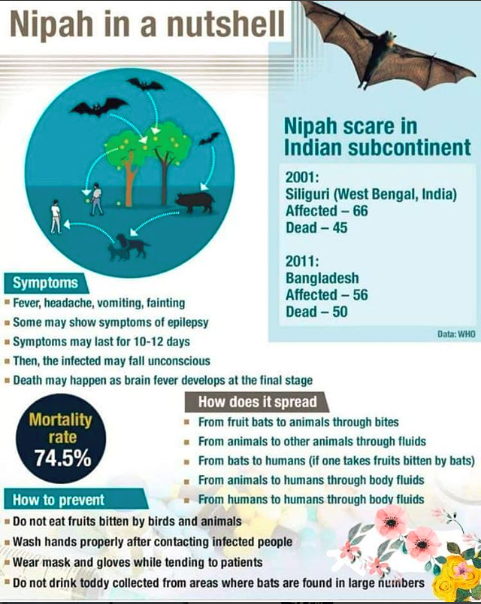
The World Kidney day is Celebrated on the second Thursday in March, the mission of this day is to raise awareness of the importance of our Kidneys to our overall Health and to reduce the frequency and impact of Kidney disease and its associated Health problems worldwide. And there isn’t a better time to learn more about these vital organs.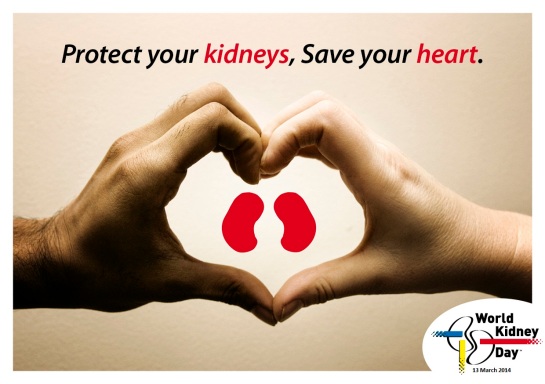
The major function of the kidneys is to remove waste products and excess fluid from the body. The kidneys are powerful chemical factories that perform the following functions: remove waste products & Drugs from the Body, balance the Body’s fluids, release Hormones that regulate Blood pressure, produce an active form of Vitamin D that promotes Strong & Healthy bones, control the production of Red Blood Cells.
Kidney Diseases are silent killers, which will largely affect your quality of life. There are however several easy ways to reduce the risk of developing Kidney Disease.
1.Keep fit and active :Keeping fit helps to reduce your BP and therefore reduces the risk of Chronic Kidney Disease.
2.Monitor your Blood Pressure: Although many people may be aware that high Blood Pressure can lead to a Stroke or Heart attack, few know that it is also the most common cause of Kidney damage. The normal Blood Pressure level is 120/80. Between this level and 129/89, You are considered Prehypertensive and should adopt lifestyle and dietary changes. At 140/90 and above, you should discuss the risks with your doctor and monitor your BP level regularly. High BP is especially likely to cause Kidney damage when associated with other factors like Diabetes, High Cholesterol and Cardio-Vascular Diseases.
3.Eat healthy and keep your weight in check: This can help prevent Diabetes, Heart Disease and other conditions associated with Chronic Kidney Disease.
4.Reduce your Salt intake: The recommended Sodium intake is 5-6 grams of Salt per day (around a teaspoon). Large quantities of Sodium can increase BP. High blood pressure damages the Kidneys over time and is a leading cause of Kidney failure.
5.Reducing Sugar intake: : Your Sugar intake can reduce your risk for Diabetes, Obesity and Kidney Disease. If you cut back on the processed Sugars, you’re also likely to lose calories, chemicals and Sodium. Your Waistline and your Kidneys will thank you.
6.Maintain a healthy fluid intake: We should consume atleast 1.5 to 2 litres of Water per day. Consuming plenty of Water helps the Kidneys clear Sodium, Urea and Toxins from the body which, in turn results in a “significantly lower risk” of developing Chronic Kidney disease. In addition, people who have already had a Kidneystone are advised to drink 2 to 3 litres of Water daily to lessen the risk of forming a new stone.
7.Do not smoke: Smoking slows the flow of Blood to the Kidneys. When less Blood reaches the Kidneys, it impairs their ability to function properly.Smoking also increases the risk of Kidney Cancer.
8.Using painkillers for a long duration: Long-term use of certain pain medications, especially at high doses, has a harmful effect on Kidney tissue and structures. Both over-the-counter and prescription pain medications can damage and reduce Blood flow to the Kidneys. Non-Steroidal Anti-Inflammatory Drugs (NSAIDs) like Ibuprofen are the main culprits.
9.Exposure to contrast dyes commonly used in imaging. It’s important to make sure Your Physicians check Your Kidney function before You undergo any Radiology procedures, such as CT scans, certain X-rays and angiograms. The dyes are injected into your body to complete these tests, can cause serious Kidney problems, including Acute Kidney Injury or AKI (results in an abrupt decrease in Kidney function). Discuss any concerns you may have with your doctor before undergoing a procedure.
10.Reduce Your Alcohol intake: Alcohol creates an ionic imbalance in the body that can negatively affect many metabolic processes.
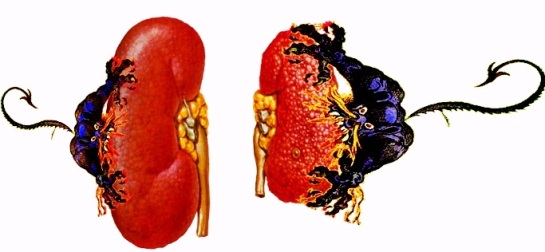
1.High blood pressure.
2.Blood and/or protein in the urine.
3.A creatinine and Blood Urea Nitrogen (BUN) blood test, outside the normal range. BUN and creatinine are waste that build up in your blood when your kidney function is reduced.
4.A glomerular filtration rate (GFR) less than 60. GFR is a measure of kidney function.
5.More frequent urination, particularly at night; difficult or painful urination.
Puffiness around eyes, swelling of hands and feet.
6.Your kidneys keep the body healthy by regulating blood pressure and filtering out toxins and extra fluid from your blood. Damage to the kidneys is often irreversible.
I hope this will raise an awareness and encourage prevention of Kidney Diseases. Health is Wealth! Stay healthy and take care of your Kidneys and body.
It is quite possible to make winter a wonderful time, filled with fun and joy, just by following certain tips of winter health care. Given below are some of the most common winter health care tips that are recommended by several health experts:
1.Drink a lot of water: Try to drink at least 8 glasses of water in the day, which will flush out the toxins from your body and will reduce the possibility of an illness. This will also keep your body hydrated and will moisturize your skin naturally.
2.Wash your hands regularly: Keep the bacteria and viruses off your hands and out of your mouth and eyes. Keep a bottle of hand sanitizer close-by for those instances where you can’t get to soap and water.
3.Stress: Studies have linked high stress levels making a person more susceptible to catching colds and flu. So keep your stress to minimum. Aim for at least one night per week to spend with friends and family.
4.Exercise: It is important to exercise regularly, even if only for 15 minutes a day! Get out and take a short walk and enjoy the cooler weather.
5.Sleep: The average person needs 6-8 hours of sleep per night. If you’re not getting enough sleep, your body is extremely vulnerable to illness. Sleep is very much like fuel that recharges your batteries! So try to get proper sleep
6.Healthy diet: Maintaining a good healthy diet full of fresh fruits and vegetables and minimal amounts of organic meats is another way to keep your body clean and in good working order. Try to take more Zinc containing foods and dont forget to avoid sugars.
7.Smoking: Most of you already know this, but it bears repeating because smoking significantly weakens your immune system.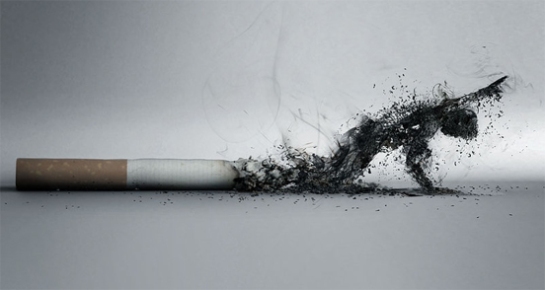
8.Stay warm: cold temperatures can cause serious health problems, especially in infants and older adults. Stay dry, and dress warmly in several layers of loose-fitting, tightly woven clothing.
9.Skin care : Always keep your skin moistured, Apply a good moisturizer on your skin, at least 2-3 times a day. It is best to use economical products like petroleum jelly or mineral oil on the skin. For best results they should be applied on the skin, immediately after a bath, when the skin is still damp.
10.when you are ill try to take more VitaminC intake, Because it boosts immune system by modulating the activity of phagocytes, production of cytokines & lymphocytes, and number of cell adhesion molecules in monocytes.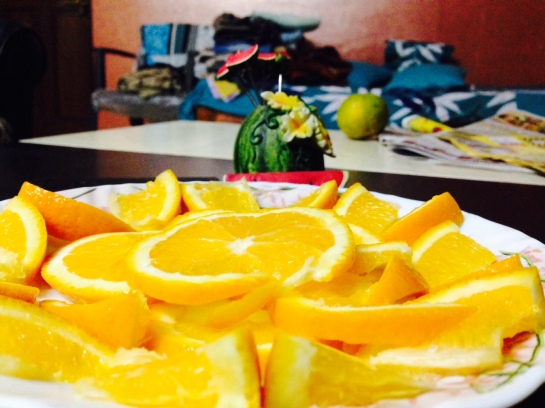
11.Fresh air: Let the fresh air enter into your house, and take the kids for a walk outside to help clear the nasal passages and reduce stress.
12. Take in some sunshine – vitamin D, found in sunshine, gives your immune system a boost.

This is the time when contagious diseases are on the rise. Viral infections usually spread when the rains come. In India, common diseases associated with the rainy season also include Dengue, Cold, Flu, Food infection, Water infection Cholera. Some simple precautions can go a long way in keeping your family healthy during the rainy season.
Avoid dengue by cleaning or throwing away all potential breeding ground for mosquitoes, especially the Aedes Aegypti, which carries the dengue virus. Make sure that your neighborhood makes a concerted effort towards proper garbage disposal, as well as keeping canals clean, with water running through them. Otherwise mosquitoes can breed in the stagnant waters. Viral Infections:Ensure that you and your family avoid close contact with someone who is suffering from a viral infection or conjunctivitis
Viral Infections:Ensure that you and your family avoid close contact with someone who is suffering from a viral infection or conjunctivitis
Cholera (Diarrhea):Flooding, which commonly occurs during the rainy season, can contaminate water sources. Thus, ensure safety of your drinking water by boiling it to avoid diarrhea.
Respiratory illnesses:
Cover your mouth and nose when sneezing or coughing. Practice frequent handwashing with soap and water. Avoid crowded places where transmission of infection is highly probable.
In the majority of cases these diseases are fortunately preventable. By adopting some simple precautions and health measures you can successfully stay away from these diseases during monsoon.
Washing Hands – Majority of virus responsible for causing flu spread through direct contact. Hence, it is very important to keep your hands clean and wash hands frequently with soap and warm water whenever possible. This is particularly required when you return home from work, school or college.
Touching your Face – Another most common way in which flu virus normally enters our body is through eyes, nose or mouth. Hence, it is advisable not to touch these parts of the face as far as possible.
Water – Water is very useful to expel all harmful toxins from our body. Adults need to drink at least eight glasses of water every day. During monsoons although you may not feel thirsty you must take care to ensure that you drink plenty of water.
Drink Herbal Tea – An excellent home remedy to stay healthy during the entire rainy season is to drink herbal tea This tea can easily be prepared at home itself. You can include a number of body warming contents in this tea like pepper, cloves, ginger, tea leaves, mint, basil, and other traditional ingredients. It is important to pay special attention to your throat during monsoons. Drinking herbal tea is very useful to avoid diseases caused by rain and cure coughs and colds.
According to the World Health Organization, lack of physical activity contributes to approximately 17% of heart disease and diabetes, 12% of falls in the elderly, 10% of breast & colon cancer.and 29% increased incidence of Upper Respiratorytract Infections(URTI).
There is a direct relation between physical inactivity and cardiovascular mortality. Persons who remain sedentary have the highest risk for all-cause and cardiovascular disease mortality. You can reduce your risk even further with more physical activity. Regular physical activity can also lower your blood pressure and improve your cholesterol levels.
Regular physical activity can reduce your risk of developing Type 2 Diabetes and Metabolic Syndrome.Metabolic syndrome is a condition in which you have some combination of too much fat around the waist, high blood pressure, low HDL cholesterol, high triglycerides, or high blood sugar
Regular physical activity can help you to keep your thinking, learning, and judgment skills sharp as you age. It can also reduce your risk of depression and may help you sleep better.Regular physical activity can help you fall asleep faster and deepen your sleep. Just don’t exercise too close to bedtime, or you may be too energized to fall asleep.
Being physically active lowers your risk for two types of cancer: colon and breast.some findings suggest that your risk of endometrial cancer and lung cancer may be lower,if you get regular physical activity compared to people who are not active. Research shows that lower rates of these conditions are seen with 120 to 150 minutes (2 hours to 2 and half hours) a week of at least moderate-intensity aerobic activity. And the more physical activity you do, the lower your risk will be.
Muscle-strengthening activities can help you increase or maintain your muscle mass and strength. Slowly increasing the amount of weight and number of repetitions you do will give you even more benefits, no matter your age.
As you age, it’s important to protect your bones, joints and muscles. Not only do they support your body and help you move, but keeping bones, joints and muscles healthy can help ensure that you’re able to do your daily activities and be physically active.
Science shows that physical activity can reduce your risk of dying early from the leading causes of death, like heart disease and some cancers.
1.Cancer protection: polyphenolic antioxidants in Mango will provide protection against breast,colon &prostate cancer &Leukemia.
2.Improves vision: Mangoes are rich in Vitamin-A.
3.Improves sex-drive: Abundant Vitamin E in Mangoes boosts sex drive and regulates sex hormones.
4.Improves memory and concentration: Rich in Glutamic acid,which helps in boosting the concentration in children who cannot concentrate.
5.Lowers Cholesterol: Vitamin-C,Pectin and soluble dietary fibres are abundant in mangoes.These compounds lower serum cholesterol levels especially LDL cholesterol(which is the bad cholesterol)
6.Improves Digestion: Mangoes are good for the people with indigestion and individuals who are suffering with acidity.
7.High in Copper:Red blood cells depend on Copper for their production.
8.Alkalizes the whole body
